In the second part of the series on film in the Weimar Republic, the SCHIRN MAG presents seven must-see films from this era.
In the first part of the series on film in Germany during the interwar years, we offered an introduction to the film industry and the (international) significance of German film during the 1920s. This is now followed by a selection of films that by way of example represent the important themes and developments of that era. Here, it’s important not to fall into to the trap of “knowing better” as a result of our historical perspective today, even if it’s impossible to sidestep that trap entirely: Films can be important contemporary witnesses, but it would be a shame to reduce them to merely that.
1
The Cabinet of Dr. Caligari (1920)
It was on February 27, 1920, that cinemas first screened this visual feast that contained all the stuff of which nightmares are made: It’s not for nothing that Robert Wiene’s “The Cabinet of Dr. Caligari” is considered a milestone in cinematographic history. This silent film in six acts tells the gruesome story of Dr. Caligari, a showman, who makes his money with his showground attraction: somnambulist Cesare. Coinciding with the opening of Caligari’s attraction at the annual fair, there is a series of murders in the town, which protagonist Franzis attempts to solve. With his enchantingly grotesque backdrops, the contrasting lighting and the stenciled shadows, “The Cabinet of Dr. Caligari” is one of the first – and at the same time one of the most famous – examples of Expressionist cinema.
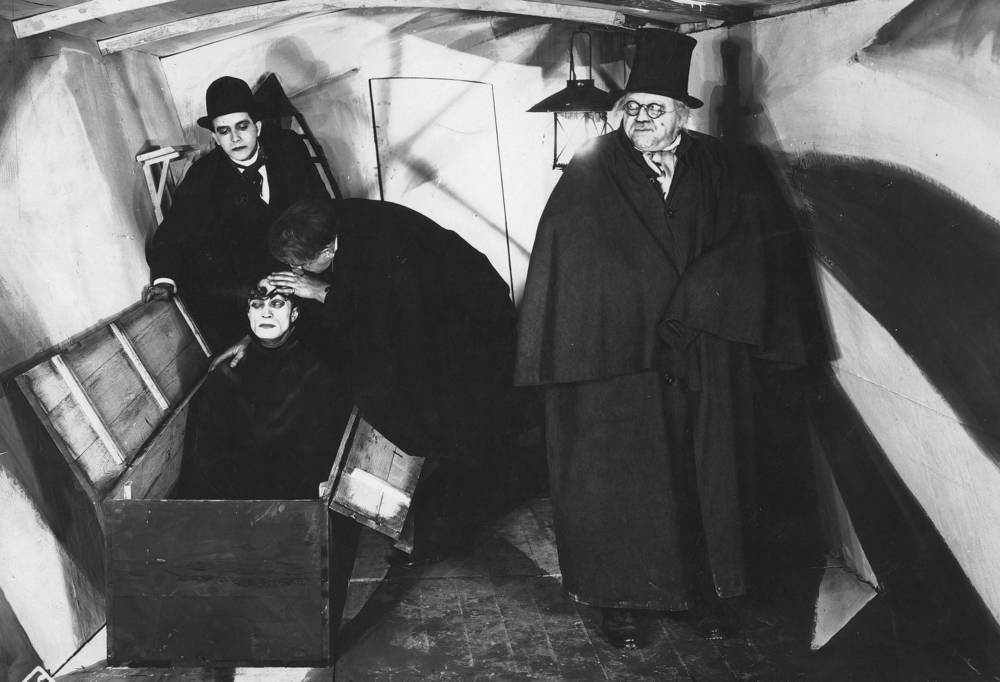
It influenced entire genres such as film noir and horror, and its aesthetics have been incorporated and further developed in countless music videos. In “The Cabinet of Dr. Caligari”, the film theorist Siegfried Kracauer saw the “madness inherent in authority” of the approaching Third Reich. He claimed this could be traced back to the fact that the director, Robert Wiene, imposed a blatant change on the original screenplay by Hans Janowitz and Carl Meyer, converting the revolutionary script into a conformist film. Nevertheless, this was famously unsuccessful as far as the Nazis were concerned – in 1933 the film was banned and included in the exhibition of “degenerate art”.
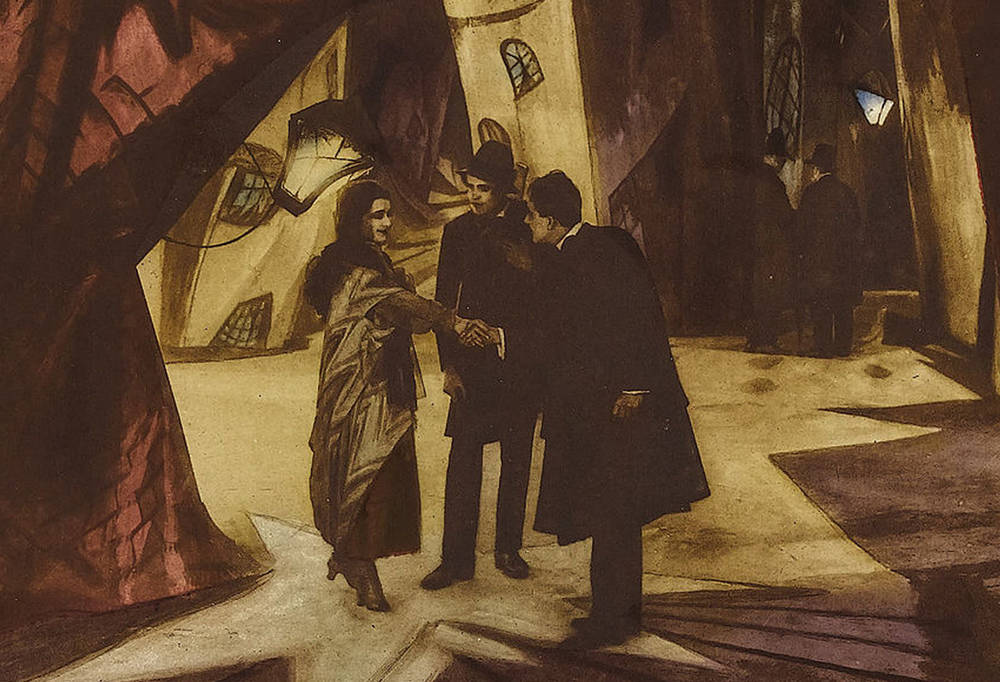
2
Berlin: Symphony of a Great City (1927)
We see a train traveling at top speed through the countryside, past industrial and residential areas, eventually coming to a standstill at Berlin’s Anhalter Bahnhof station. What did the metropolis look like during the 1920s? What was life like here at that time? This is precisely what Walter Ruttmann sets out to show us in a good hour-long experimental film, “Berlin: Symphony of a Great City”. At the same time, with the title and Edmund Meisel’s music composed specially for the film, he also highlights a parallel: the metropolis as a symphony, an orchestral narrative in various movements, complete with repetitions and modulations. It harbors the entire world.
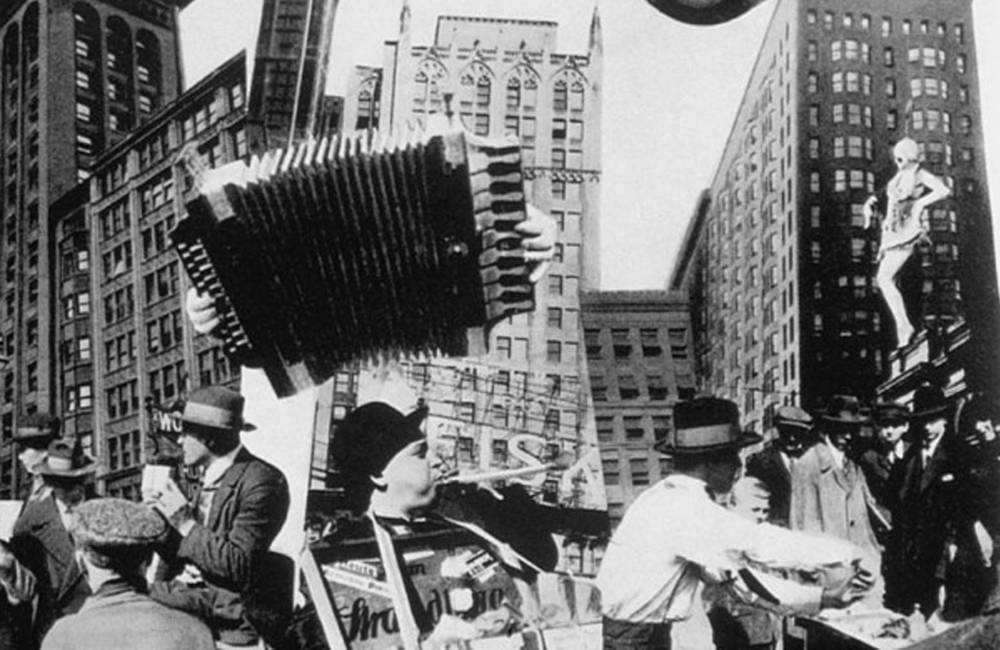
We see architecture, empty streets – it’s five in the morning. Gradually the city awakens and comes to life; the streets are soon bustling, workers on their way to work, walkers out for a walk, vendors selling their wares. Ruttmann made use of a new editing technique that allowed him to process the film material in a very detailed way in order to adapt the cut theatrically to the music. The most important thing “Berlin: Symphony of a Metropolis” has to offer for those who were born well after the event: the insight into a Berlin whose topography no longer existed after the war, a view of a city long sunken in long lost times.
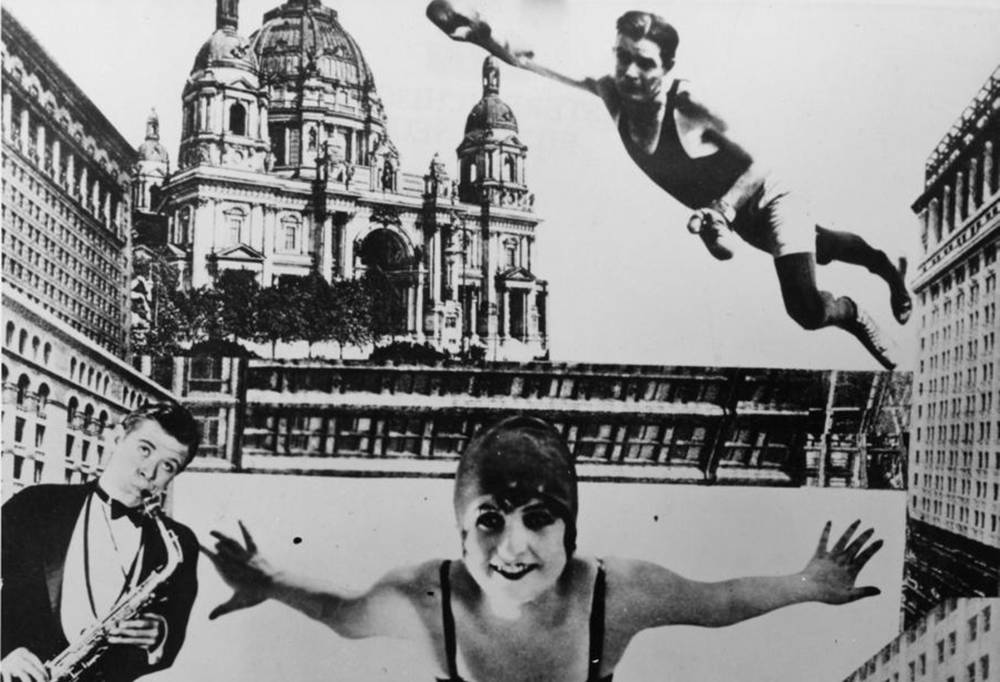
3
Pandora’s Box (1929)
This film about the seductive dancer Lulu is one of the best known silent movies by Austrian director Georg Wilhelm Pabst who, for his part, was one of the best known silent film directors of the interwar years. The starring role in “Pandora’s Box” was played by American actress Louise Brooks who, in the role of Lulu, turns the heads of men and even one woman with her cool elegance, and gets herself and all those around her thrillingly into trouble. Or was it simply destiny? The drastic end can be interpreted as a moral judgement; nevertheless the purportedly youth-corrupting content resulted in censorship.
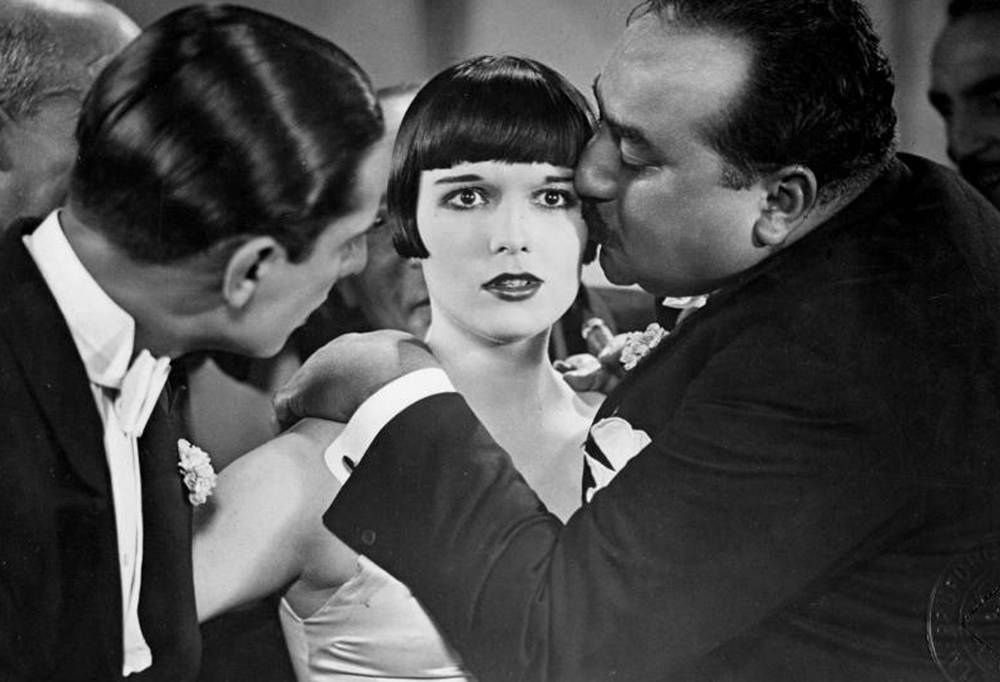
4
People on Sunday (1930)
Always imagining the interwar years, with all their specifics, as nothing but permanent presaging darkness sacrifices all insight to a notion of kitsch. What might otherwise be trifling really needs to be emphasized again: During the interwar years, everyday life did indeed go on; normal people did very normal things. The film “People on Sunday” shows precisely these people – as they stroll, tinker with their cars, picnic, or bathe in Berlin’s main lake Wannsee. Five directors teamed up to produce this film, including the later Hollywood star Billy Wilder. Alternately, they seek their nameless protagonists in and around Berlin and thus incidentally become early witnesses of a phenomenon that gradually came to be understood as “leisure activity”.
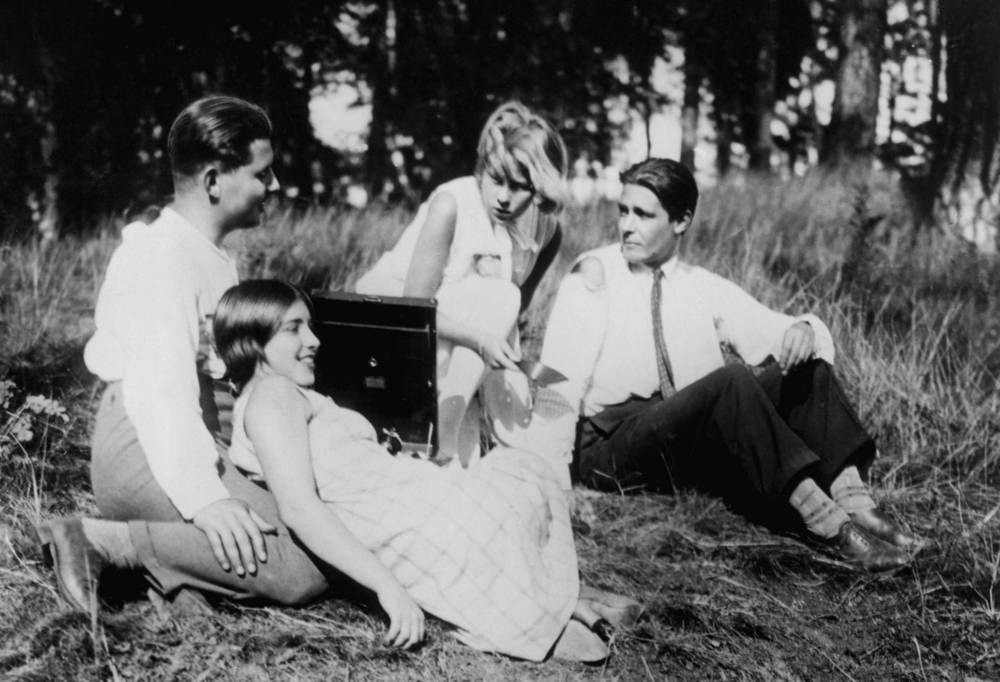
5
The Blue Angel (1930)
Josef von Sternberg’s “The Blue Angel” not only helped Marlene Dietrich achieve global fame, but is also one of the few German films that has ever been globally successful. The film, which is based on Heinrich Mann’s novel “Professor Unrat”, and was produced both in German and English, tells the story of Professor Rath, who falls in love with the cabaret singer Lola Lola – “Falling in Love Again (Can’t Help It)” – and is destroyed by that love. Sternberg’s film uses only the first half of the novel: While Mann’s narrative develops into a sharp social satire, in “The Blue Angel” Sternberg stages the story as the melodrama of just one person, who is ultimately punished with remorse and death for having broken with social convention. However one chooses to judge the film, as a masterpiece or the failed adaptation of a novel, it put one of the world’s greatest film stars ever in the limelight.
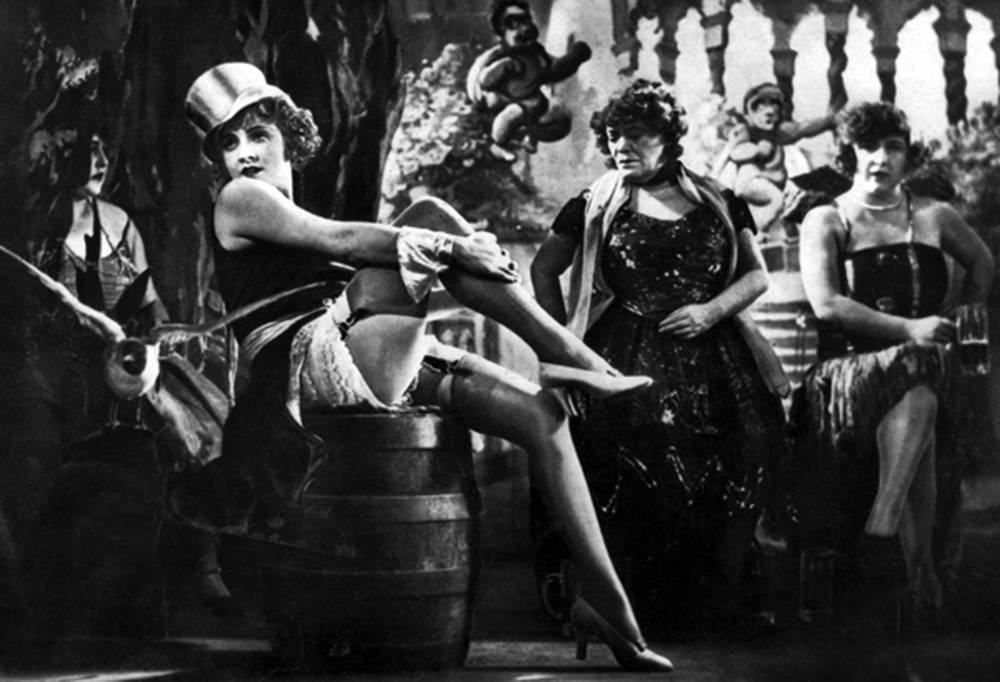
6
M (1931)
A child murderer brings trouble to the then third-largest city in the world, Berlin. Peter Lorre haunts the streets as Hans Beckert. As he does so, he whistles the spine-chillingly eerie “In the Hall of the Mountain King” by Edvard Grieg, while keeping an eye out for victims – before he ultimately shifts from hunter to hunted: Both the police and the underworld want to catch the offender. Even 86 years after its first screening, Fritz Lang’s “M” remains a masterpiece. Lang moves effortlessly through various genres (from social drama to police film to thriller, and ultimately to court drama), shining for the first time in his use of what were, for him, the new opportunities afforded by the talkies (this dynamic between silence and sound!), and finding the perfect actor in Peter Lorre in the role of the protagonist: “It’s there all the time, driving me out to wander the streets, following me, silently, but I can feel it there. It’s me, pursuing myself!”
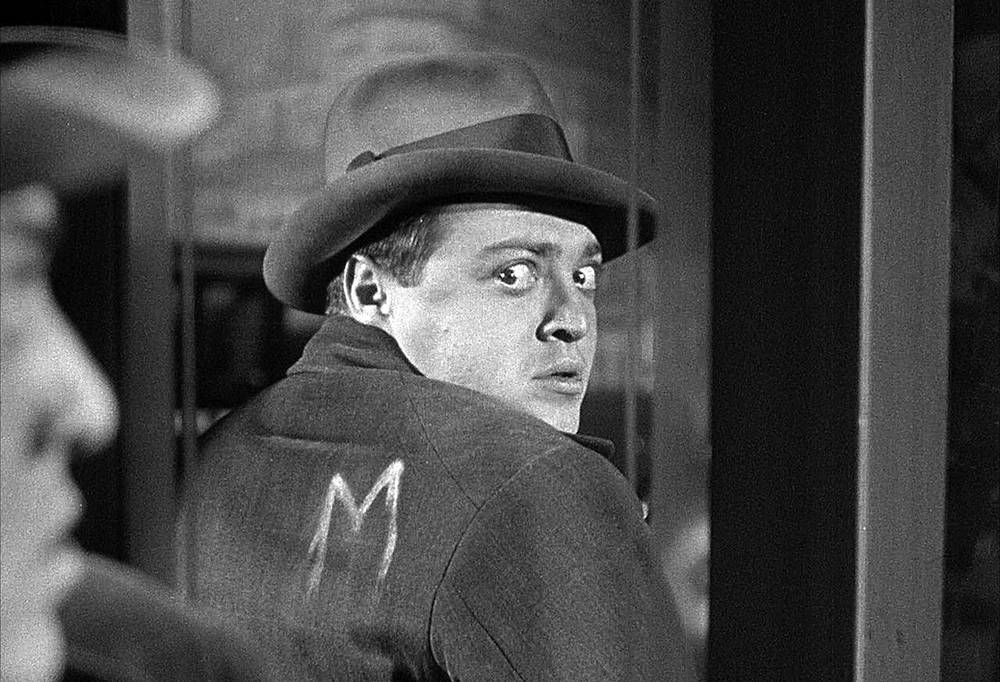
Thus he defends himself in his hauntingly desperate pleading to a slavering lynch mob made up of angry citizens, relatives of victims and criminals, who want to take the law into their own hands and render this mentally deranged man “harmless”. In 1931, Fritz Lang appeared to have observed the mindset of his fellow citizens very closely. The working title “A Murderer Among Us” incorporates this into the title: denunciation, a blind hatred of whatever is not understood, coupled with the desire for total destruction. Shortly after the rise of Hitler and the Nazis, “M” was of course banned.
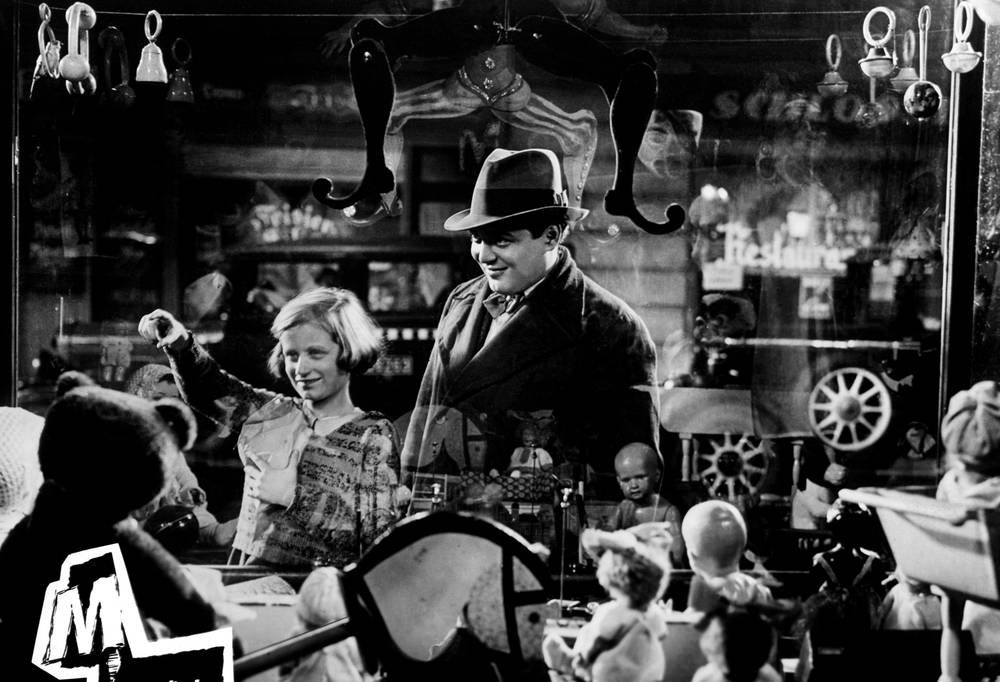
7
Kuhle Wampe or: To Whom Does the World Belong? (1932)
“Kuhle Wampe” is one of the best known works in German proletarian film and an example of the growing self-awareness of a working class that is sometimes resigned to the expectations of their modest everyday lives, sometimes bold and reckless, then once again pragmatically in wait. The screenplay was supplied by Bertolt Brecht (among others, although it is only he who is named in the credits). The film shooting required protection by members of the German Communist Party against marauding Sturmabteilung troops, while in Moscow people reacted with furrowed brows to the film – the living standard of the Berlin proletariat appeared almost decadent to the Russian public. The final scene, in which the workers disparage big-time non-German landowners, shows “Kuhle Wampe” in the final instance to be an overtly political film in which some of the resentments expressed have parallels to those of its political opponents, the Nazis. In March 1932, however, the premiere was prevented, and in 1933 the Nazis simply banned “Kuhle Wampe” completely.
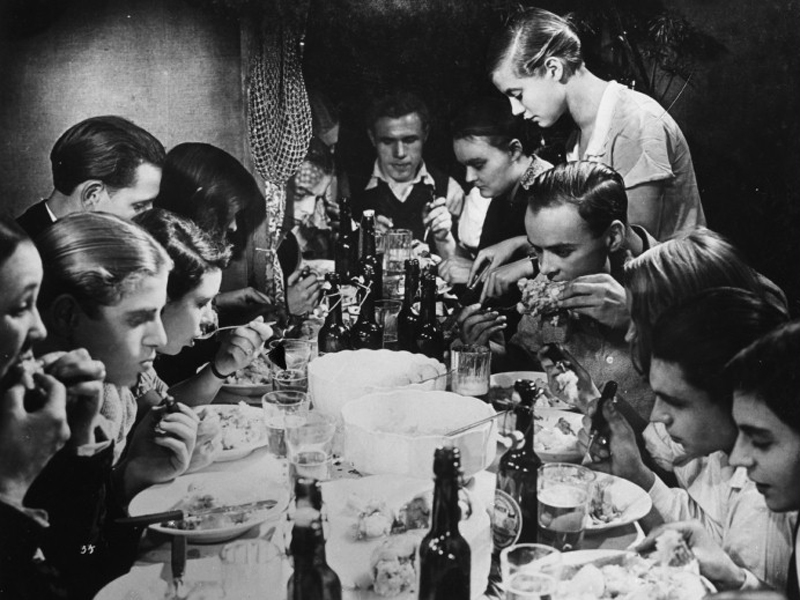

DIGITORIAL TO THE EXHIBITION
The free digitorial provides you with background information about the key aspects of the exhibition "Splendor and Misery in the Weimar Republic".
For desktop, tablet and mobile.
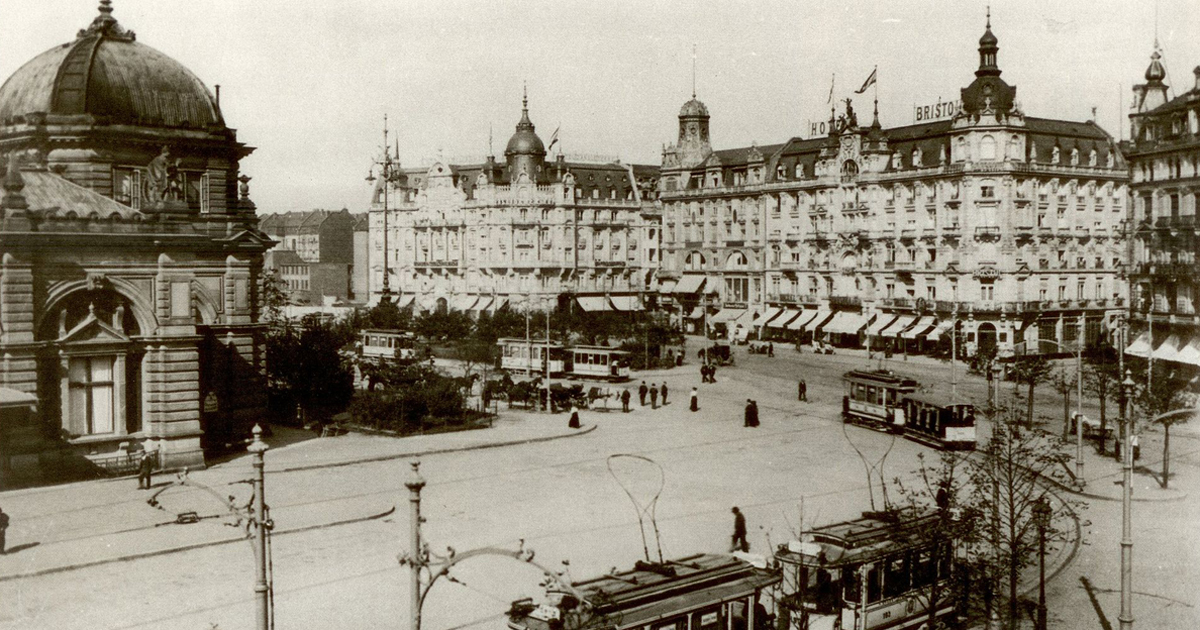
Roaring Frankfurt
Parties, dancing mania and crisis as the primal state of the entertainment industry: Oliver M. Piecha talks about Frankfurt during the 1920s and how...
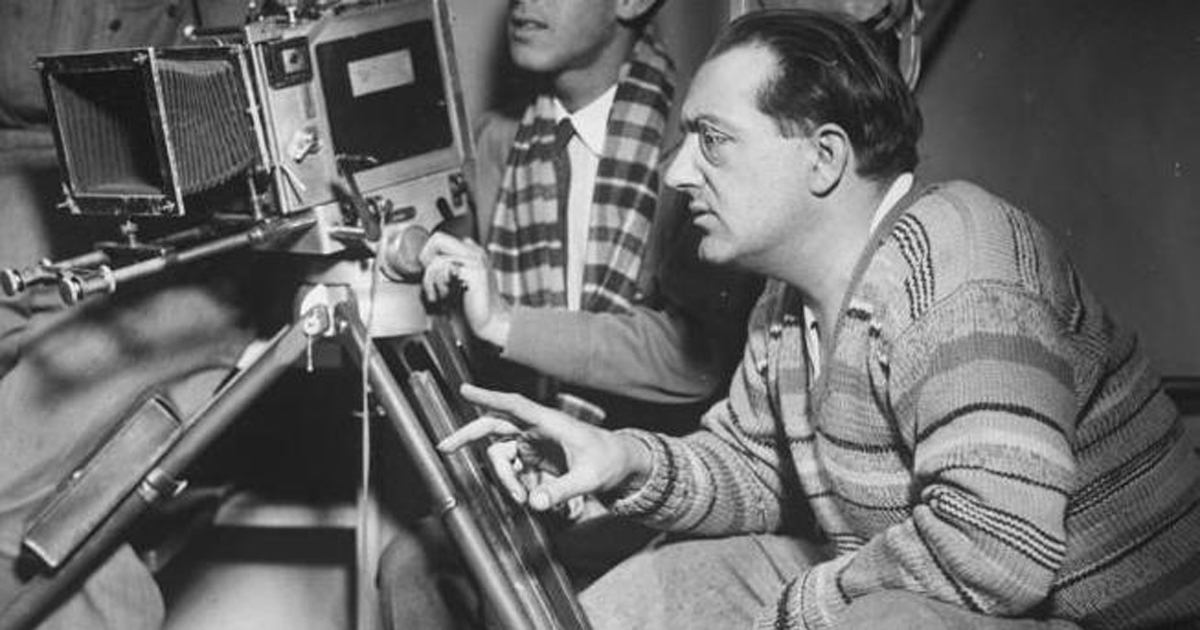
From Caligari to Hitler
Homeland kitsch and horseplay, cinematographic art and social critique, political leanings of all kinds – in a two-part series, the SCHIRN MAG...
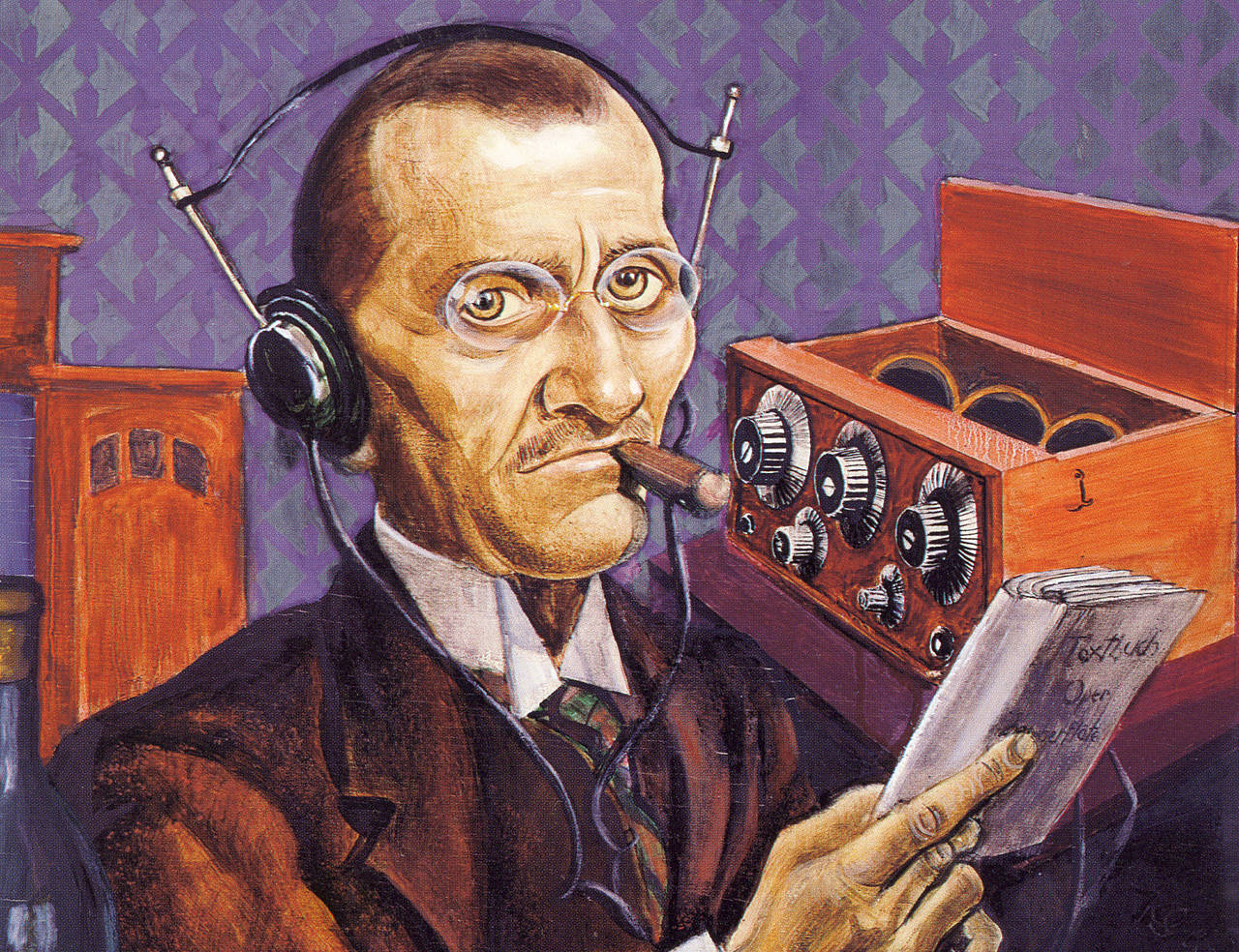
Listening to the most delightful things
Germany’s first ever radio program was broadcast in 1923 with the aim to create a nation of culture. But it didn´t take long before it´s potential as...
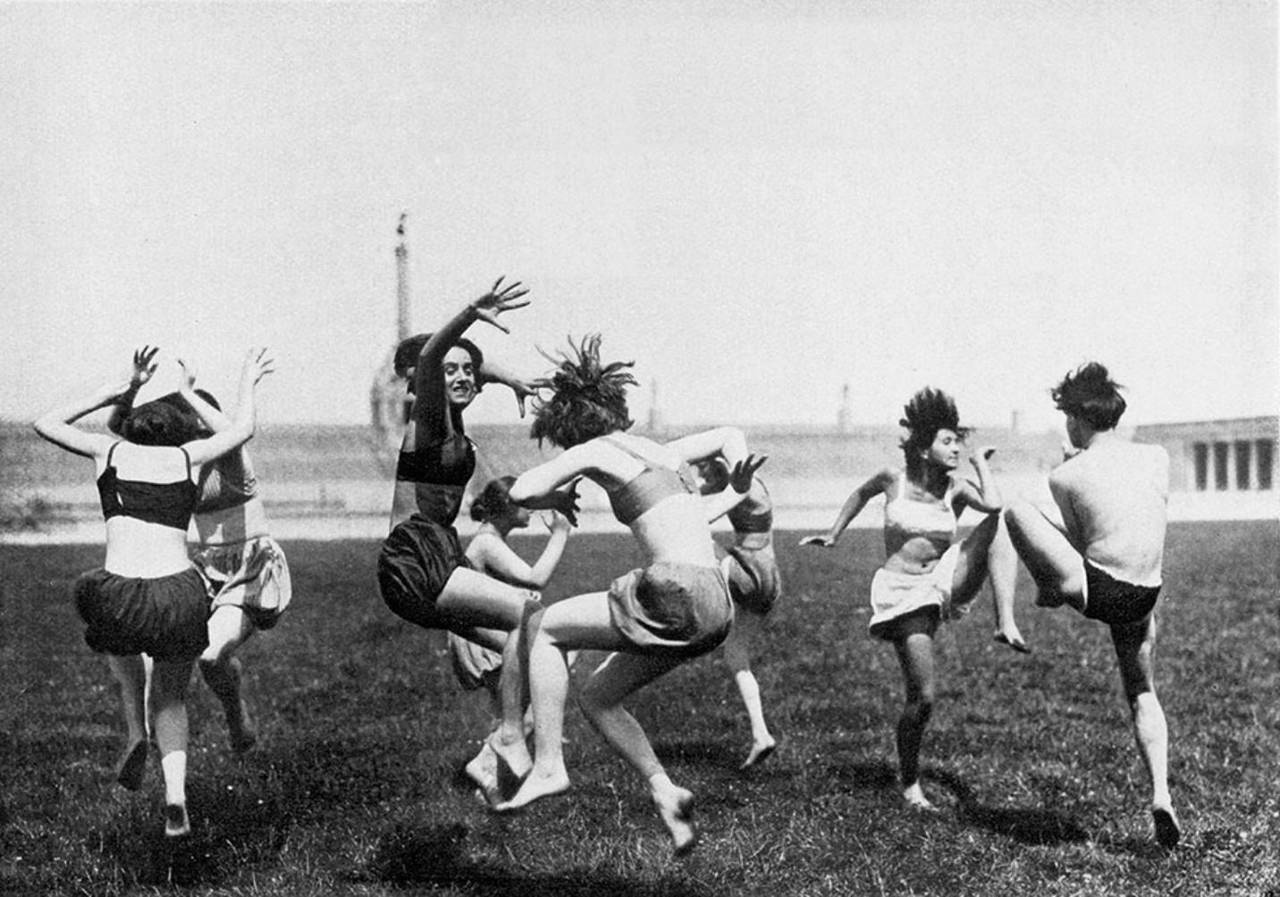
A belle at the Bauhaus
A young woman studies at the Bauhaus in Weimar and Dessau and struggles not only for a redefinition of art, but also for self-determination as a...
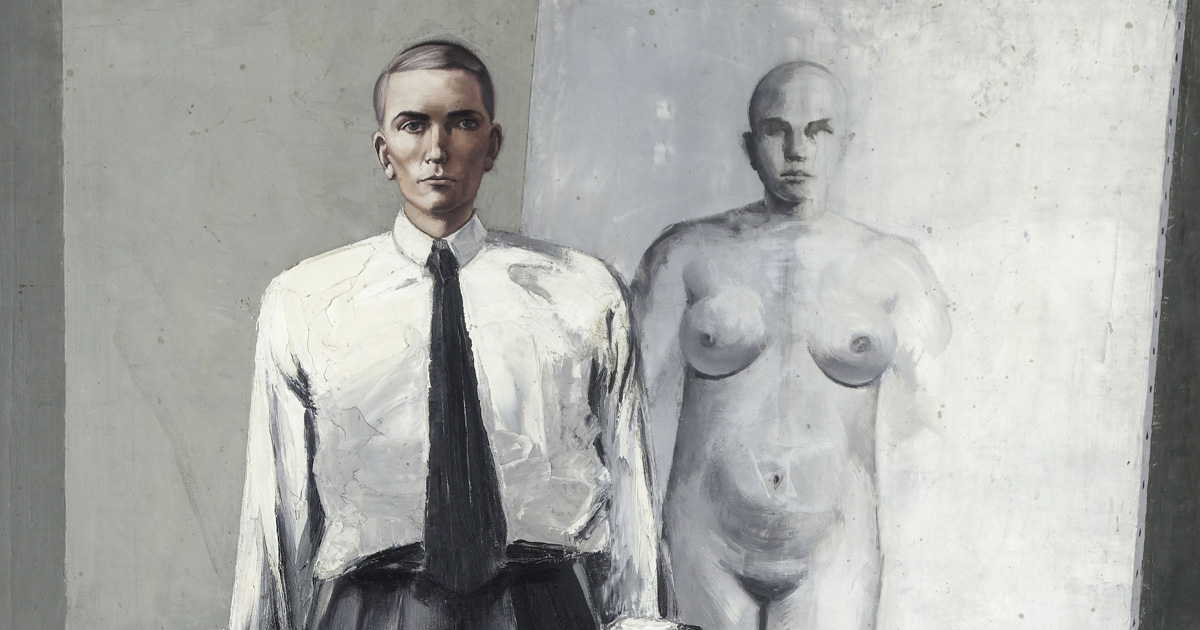
Matter-of-fact Romances
The man with the stiff hat and the thoroughbred woman: in the 1920s Cologne artist Anton Räderscheidt depicted modern isolation and the tense...
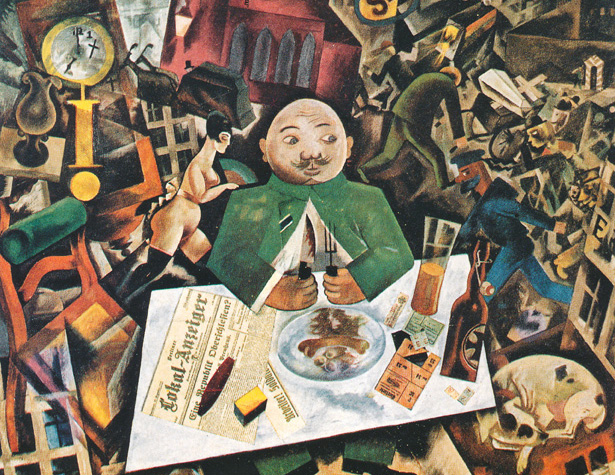
Blowing Weimar apart
Rarely are movements in art so hard to describe: Dadaism is not just about fooling with and confusing the public, but also about political protest.
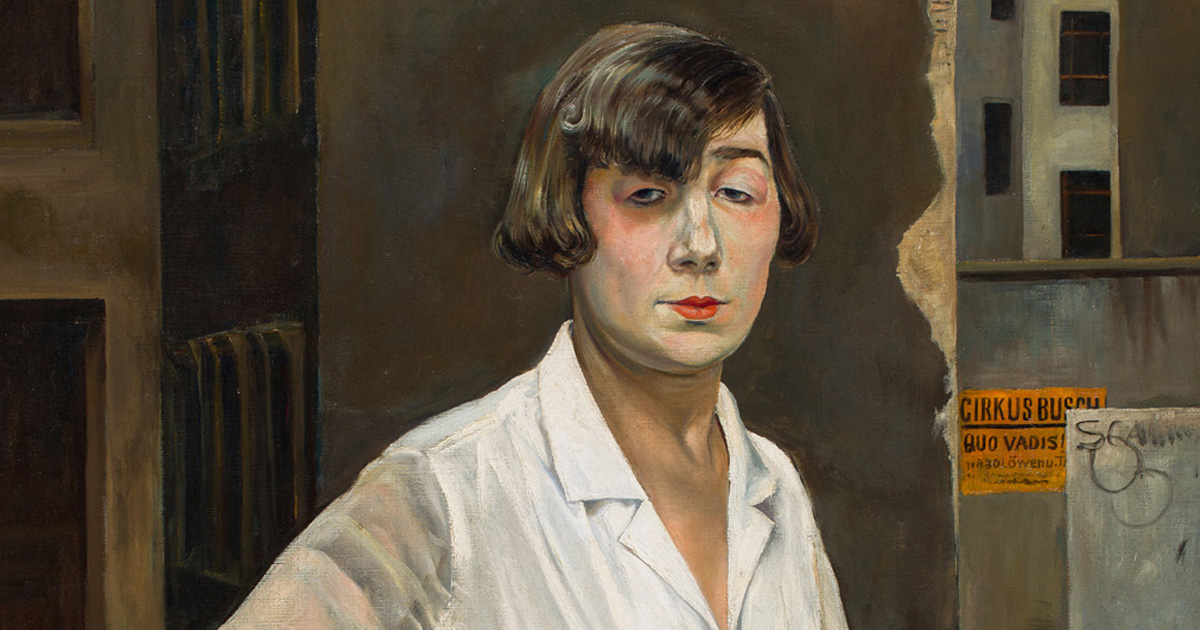
The New Confidence
Bobbed hair, tail coat and cigarette holder: Women in the Weimar Republic liberated themselves from the rigid corset imposed on them and did not give...